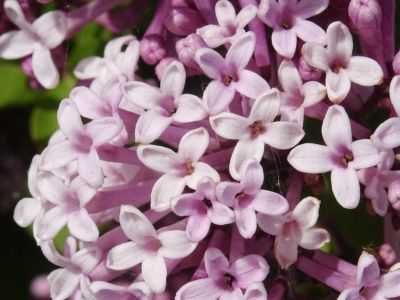Meyer lilac trees are also known as dwarf lilac trees or compact Meyer lilacs because they are smaller than most lilacs, reaching a mature size of 4 to 8 feet (1 to 2.5 m.) tall and 6 to12 feet (2 to 2.5 m.) wide. These dwarf lilac trees work beautifully as specimens, or in mass plantings, borders, or hedges. Growing Meyer lilacs is suitable in USDA zones 3 through 8. Like all lilacs, Meyer lilacs won’t bloom in warmer climates. Read on to learn more about dwarf lilac trees.
Growing Meyer Lilacs: 7 Tips On Caring For Dwarf Lilac Trees
Dwarf lilac trees prefer moist, well-drained soil, but will tolerate poor, dry or compacted soil, as long as it isn’t soggy.
Look for a spot where the tree will be exposed to full sunlight for most of the day. The soil should be well-drained and not soggy.
Water your compact Meyer lilac regularly during the first couple of years, especially during hot, dry weather. Thereafter, Meyer lilac trees are drought-tolerant and occasional irrigation during the summer is sufficient.
Feed dwarf lilac trees every spring after the first growing season using an all-purpose, granular fertilizer.
Spread a layer of mulch around the shrub every spring to conserve moisture and keep the ground cool.
Prune compact Meyer lilac lightly after blooms fade in late spring. Major pruning should wait until winter when the tree is dormant.
Like with most lilacs, deadheading Meyer lilac trees isn’t required but will keep the shrub looking tidy.
